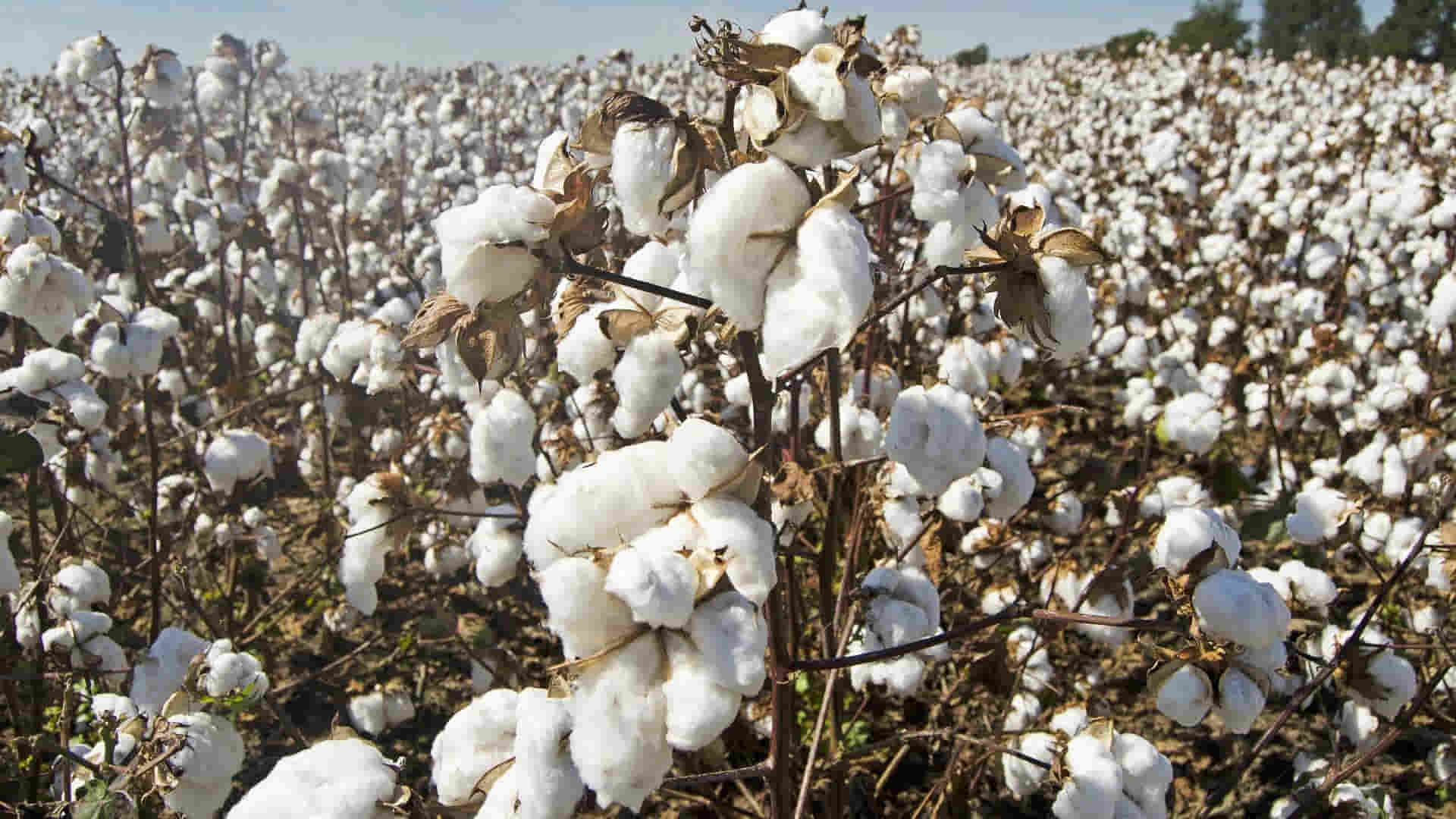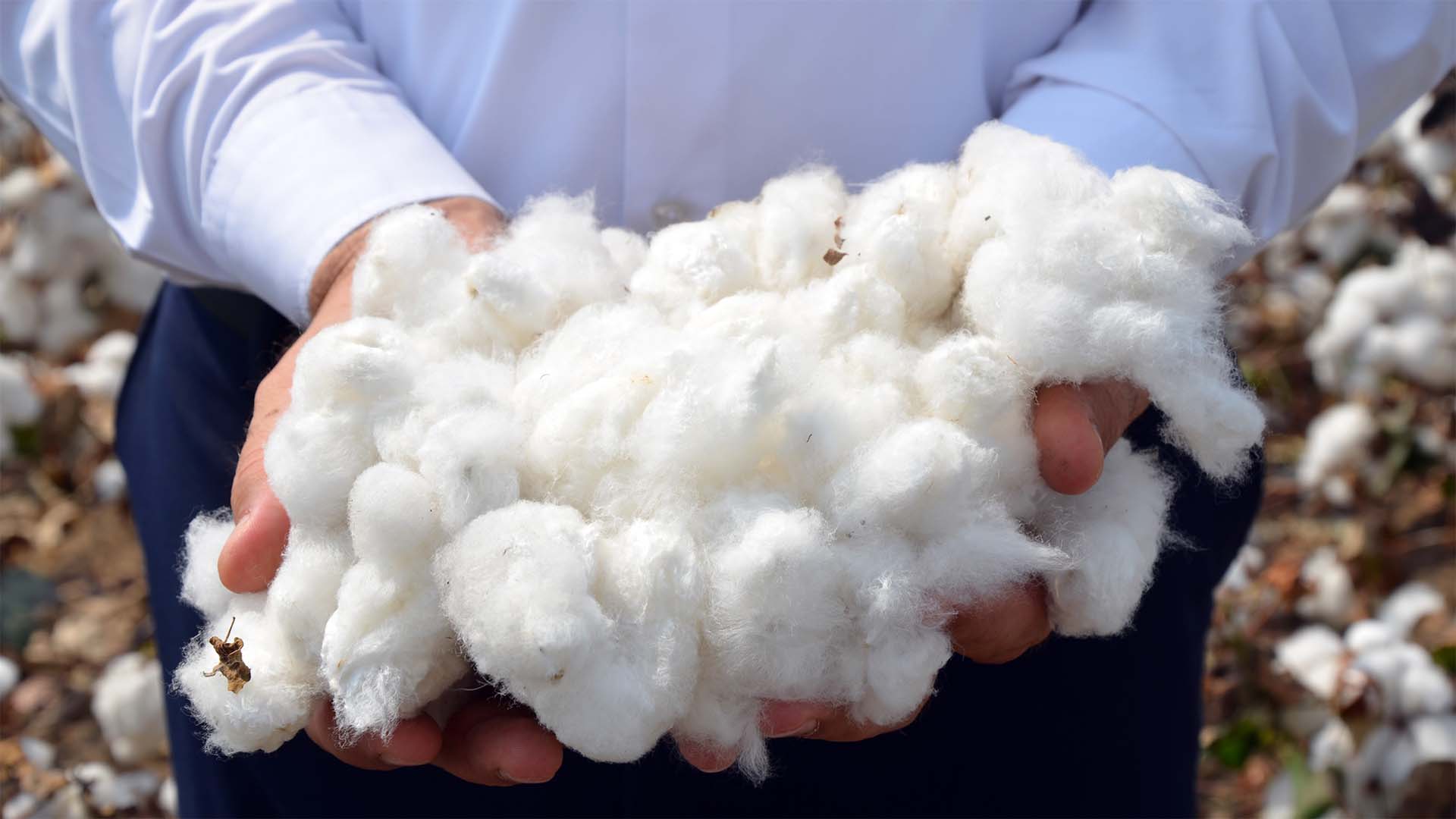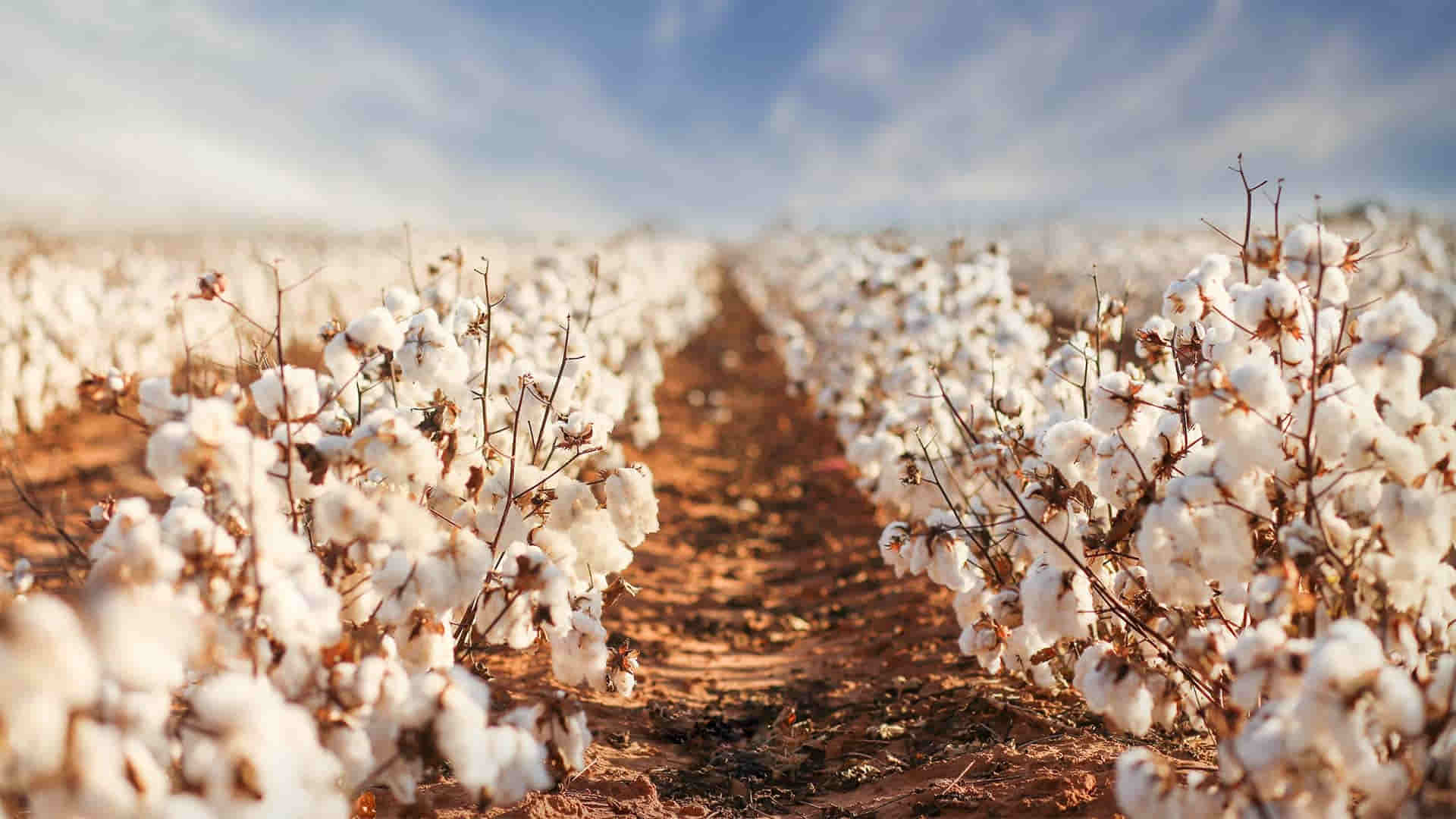Domestic cotton, which provides raw material to about thirty sub-industries, in particular to textiles, increases its contribution to the Turkish economy exponentially. Despite the very hot and dry climatic conditions in the 2022/23 season, it is estimated that the high field yields of the previous season could be largely maintained thanks to the skilful adaptation of producers’ cultural processes to these challenging conditions, thus reaching historical record levels (2,750,000 tonnes and 1,000,000 tonnes) in cotton bulk and fibre cotton yields. Moreover, it is stated that although production costs increased extraordinarily in this season due to the high inflation in global and domestic economies, the increase in product prices remained limited compared to the costs, leading to a contraction in the cotton production balance sheet. For this reason, it is pointed out that if the necessary incentive is not provided in the next season, it will not be possible to maintain the current values of cultivation areas and production.

Cotton cultivation areas in Türkiye reached 550 thousand ha in 2022/23 season
According to the information contained in the ‘2022 National Cotton Council Cotton Sector Report’, when only the main product ‘fibre cotton’ is taken as an example, the domestic cotton raw material worth 864 million dollars in 2021 was processed in the textile and apparel industries and recorded gross 16.3 times and net 3.08 times value increases. Moreover, the fact that a current account surplus of 3.9 times its original value has been created with domestic cotton further increases the importance of this gain.
Analysing Türkiye’s cotton production and situation in the last five seasons, it is stated that cotton cultivation areas, which had a downward trend due to the unfavourable conditions in the cotton balance sheet, increased to 432 thousand ha in the 2021/22 season with the improvement in the last 4 balance sheet after the lowest value in the last forty years of 359 thousand ha (hectares) in the 2020/21 season. In the 2021/22 season, from the 2 million 250 thousand tonnes of cotton stump produced, approximately 833 tonnes of fibre cotton, 993 thousand tonnes of cotton seed and 149 thousand tonnes of edible oil and 695 thousand tonnes of feed meal were obtained, while 149 thousand tonnes of linter and 150 thousand tonnes of cotton waste were offered to the use of many industries, especially medical equipment and cosmetics. As a result of the further improvement of the balance sheet in the same season, cotton cultivation areas increased further, reaching 550 thousand ha in the current 2022/23 season. Türkiye’s cotton consumption is estimated to increase to 1 million 649 thousand tonnes in the 2022/23 season with the increasing demand after the global pandemic.
While 80 percent of world cotton exports are made by 6 major exporting countries (USA, Brazil, Australia, India, Greece and West African-CFA countries: Mali, Benin, Burkina Faso), 70% of world cotton imports are carried out by 5 major importing countries (China, Vietnam, Bangladesh, Türkiye and Pakistan), with Türkiye ranking 4th. Thus, China, India, Pakistan and Türkiye constitute a special competition group as the four major cotton countries that stand out in both production and consumption.

Domestic cotton production should be supported, producers should be trained
In the report, the National Cotton Council categorises the problems of Türkiye’s cotton production under the main topics of high production cost, yield and quality losses, effectiveness of incentives and marketing, sustainability and raising awareness and makes suggestions for the solutions of these problems. Some of these are stated as follows:
Regarding high production costs, “the ministry should set price caps for pesticides and mineral fertilisers on the basis of active ingredient content and these prices should be periodically updated and monitored. VAT rates of agricultural production inputs should be reduced. Farmers should be encouraged to use simple digital instruments such as measuring soil moisture, temperature and using PH measuring metres.”
In the face of yield and quality losses, “a comprehensive education and extension project should be prepared and implemented, and in this context, a campaign supported by public ads to be broadcasted on national and local TV channels, street promotions, etc. should be organised during the harvest period. The decision to ban defoliants with the active ingredient Thidiazuron should be reconsidered and changed due to the importance of the yield and losses to be incurred. Seed production of local breeding cotton varieties should be supported with tax exemption and similar incentives.”
Regarding the effectiveness of incentives and marketing, “coordination should be ensured between the relevant ministries, etc. in the determination and implementation of cotton policies. A network that provides fast and reliable estimation of cotton cultivation areas and yields on parcel basis by utilising satellite technologies should be established. Cotton planting forecasts should be carried out by integrating with TIKAS together with Parcel Definitions obtained from ÇKS and Land Registry records.”
Regarding sustainability and raising awareness, “National Agricultural Sustainability Strategy should be defined and incentives, R&D, training and extension activities and investments should be carried out in accordance with this strategy. A Cotton Sustainability Standard should be prepared and this standard should be matched with other national standards such as Good Agricultural Practices (ITU), GMO Free Turkish Cotton Guarantee brand Standard and international standards such as BCI and mechanisms should be established to implement and supervise this standard. Farmers producing within the scope of organic cotton and Better Cotton Practices (IPUD) should be supported through bonuses, contribution to certification expenses, etc.”


